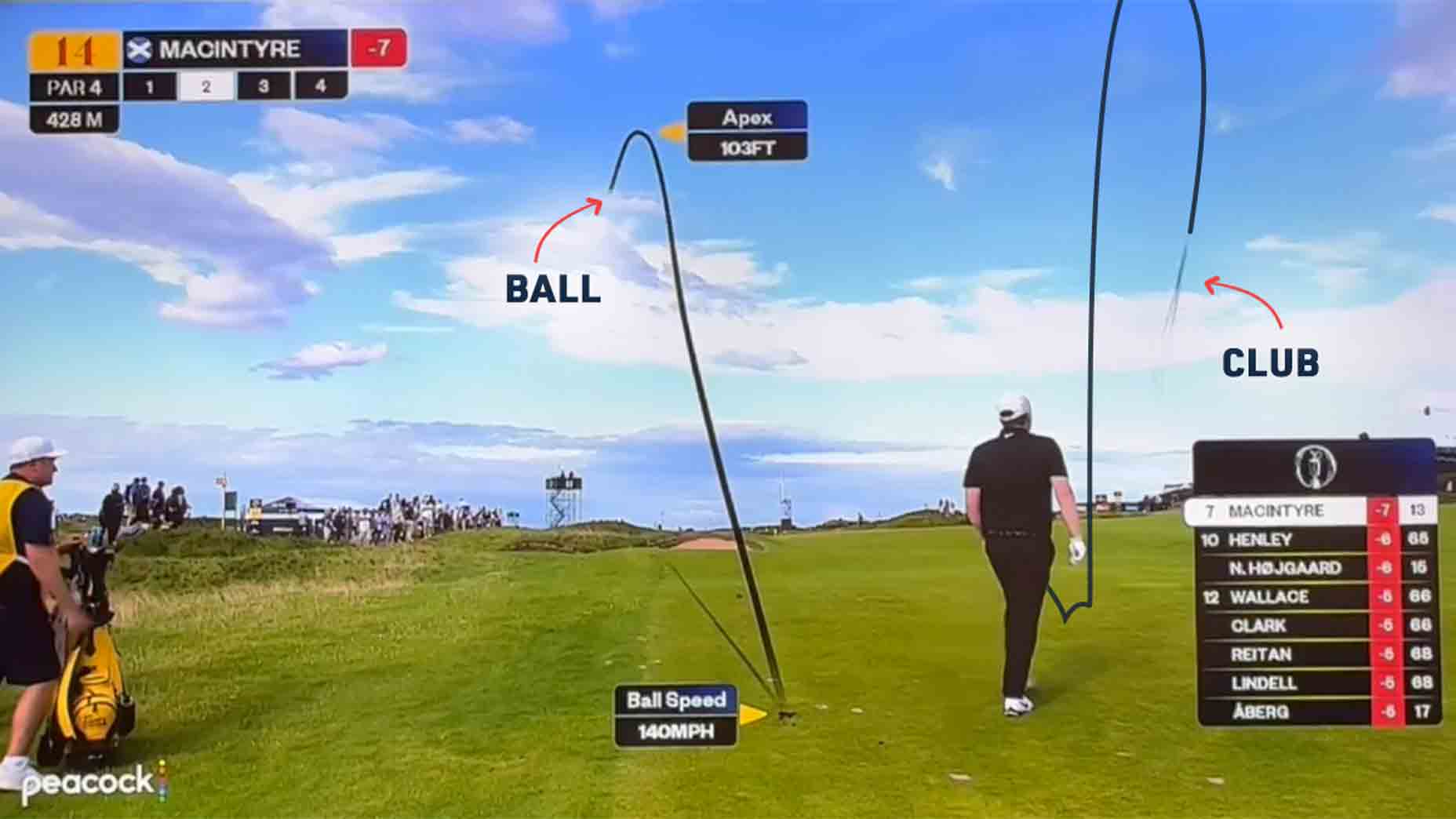Pro golfers, for all their sporting genius, are often made out to be thought-leaders. They tell us what equipment delivers the best results and require just three seconds of an iPhone video to help us eliminate a slice.
They just know better, right?
Maybe.
But when it comes to the merits of a competitive golf layout, their interests almost always lean in a self-serving direction. It’s why their brains get fried during a hot afternoon at the U.S. Open. Or when the sand in Open Championship pot bunkers is raked too flat. Pro golfers, for all their sporting genius, believe there should always be a path forward for them, and one they can dazzle audiences with, sticking a shot near the hole. Only that isn’t necessarily the point of golf, nor pro golf. The point is to work your way from the 1st tee to the 18th green in as few shots as possible and see how that stacks up in your match, your Friday morning comp, or your Dunhill Links Championship. Some holes are easier than others. Some are more manipulatable than others. Some favor lefties more than righties, and vice versa. But they will not always feel obvious. Even, and especially to, the .01-percenters.
Bob MacIntyre, No. 16 in the world, was the most recent pro to fall into this trap, degrading an iconic and brilliant test of golfing ability when he told Martin Dempster of The Scotsman that the 17th on the Old Course at St. Andrews — best known as the ‘Road Hole’ — should be drastically altered. “Blow it up,” MacIntyre said, among other things, a stunning quote from a Scotsman himself. But not one we need pay much attention to. Mainly because they’ll never blow it up. But also because of the context around it.
MacIntyre was disgruntled after a frustrating finish. He had made double bogey on the 17th Saturday, and then added a bogey on it Sunday. Both times he found the fairway off the tee and both times left his approach left of the skinny, angled green, on the wrong side of the bunker that seems to take a bite out of the side of the putting surface. It is one of the few holes on the property where, once you’ve hit a poor shot, the next one could be just as difficult.
Isn’t that … part of golf?
It’s possible MacIntyre’s experience with that hole is slightly abnormal. Being a lefty, it’s in his best interest to play a draw off the tee and a fade into the green, where most of us might choose a fade off the tee and a draw into the green. But therein lies some of its brilliance. It’s rare that a two-shot hole demands one shot-shape off the tee and its obvious opposite into the green. Often that can be achieved by pin placement, tucking a hole location behind a certain greenside bunker. But the Road Hole does it with a hotel restaurant, some rough, pavement and the angle of the green. Those ingredients make it 1 of 1, and to thread the specific needle it presents, you have to know how to move your ball in each direction, and do it comfortably. And on Sunday, to do it into the wind, an extra layer of complexity that was lost in MacIntyre’s comments.
Isn’t that … part of golf?
Perhaps we heard those thoughts from MacIntyre because the Road Hole is situated so late in the Old Course routing. Were it the second hole on the property, he would have forgotten about it long before a microphone was put in front of him. Instead, it’s the second-to-last hole, nearly top of mind. But it was the sixth-straight hole that played over par Sunday, the last in a stretch of supreme difficulty. He had to be exhausted by then. But that stretch of difficult holes also followed a front nine where every single hole played under par. MacIntyre made nine birdies on the front nine over the weekend, only to find much more trouble on the back.
Isn’t that … part of golf?
To zoom in even tighter, like many little corners of courses that pro golfers visit, the 17th should almost always be lumped in with its successor, the 18th, named Tom Morris, for the man who fashioned the course, who was so focused on routing and playing angles, and who has been universally praised for its design ever since.
The 18th is just as iconic, and unquestionably easier. It’s a short par-4 with a road up its right side (out of bounds) and even a road that runs across it. Compared to the manipulative 17th, the 18th is a playground. Roam wherever you may please. And for that reason, it played to an average of 3.73 on Sunday, the perfect complement to the 17th’s average of 4.70. Add them together and two pars is going to suit you just fine. A reminder that golf is about taking the simple with the difficult and the tricky with the straightforward. You don’t really get one without the other, and you wouldn’t want that anyway.










